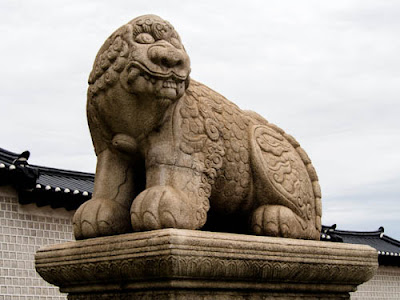The struggle in Syria has now claimed another victim - the ancient souks of Aleppo. Reports are that between 700 and 1,000 of the small shops that have made its commercial and cultural space within the narrow walls of the souks, named as a UNESCO Heritage site, have been burned. Souks, comprising of shops, mosques, homes, and other places so vital to everyday life, are the heart and soul of ancient Arab cities. In Tunis, I loved wandering the medina, enclosed at one time by fortified walls. Wandering through the maze-like streets (with plenty of dead-ends) gave me a chance to catch a glimpse of what it must have been like for centuries, when the main commerce and life took place within these walls. Some traditional crafts were only produced within special lanes within the souks. When you were tired of shopping, you could always find a café where you could catch a sweet mint tea topped with pine nuts. Not only did Syria lose some architectural treasures within the walls of the souks, it also likely lost some cultural and artistic gems as well. I pray that some sort of stability and normalcy will return soon to the people of Syria, who have been victimized for all too long. Now there will be more to rebuild - if these heritage areas can rise up from the ashes at all. Read more in the BBC article.
These photos are taken from the Tunis souk. On top is a shop making traditional chechia hats so typical of older Tunisian men. Below is a basket shop found near the main mosque in the medina.

























